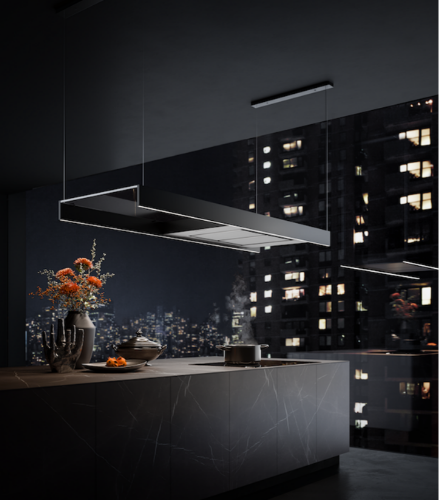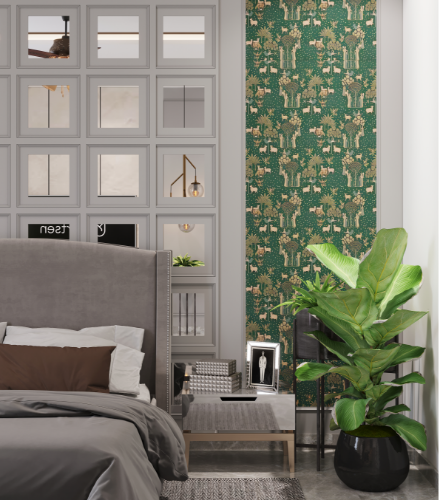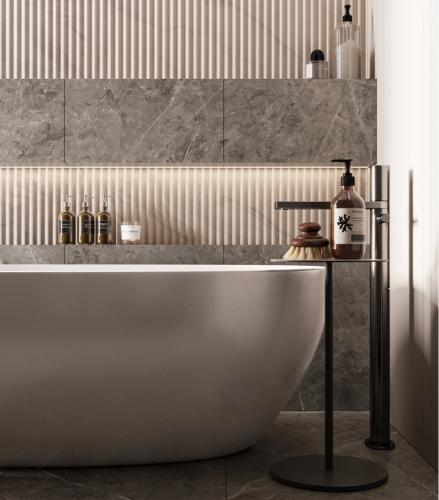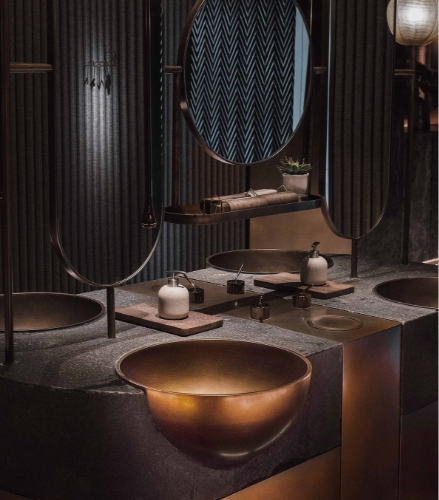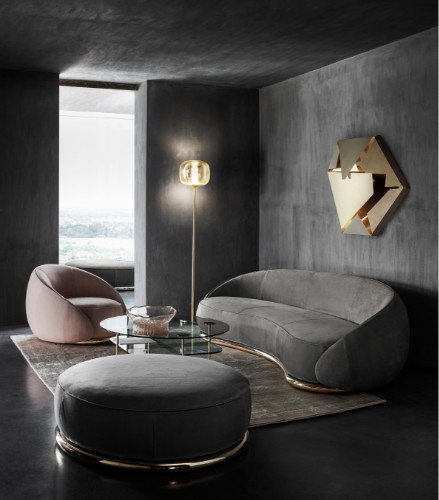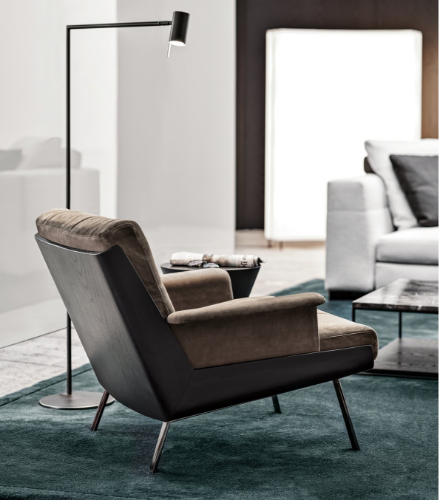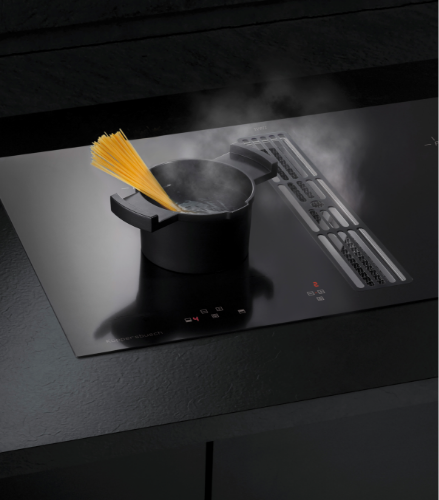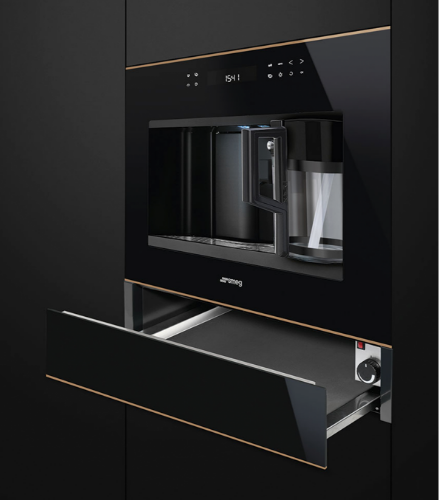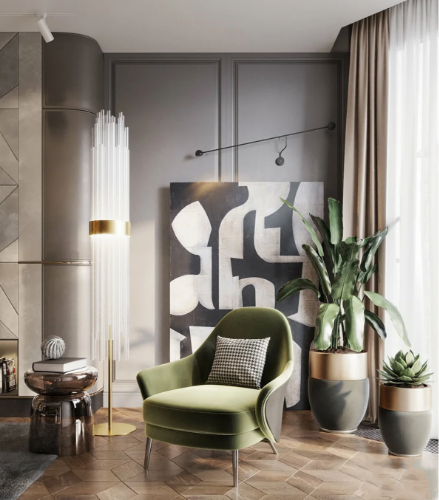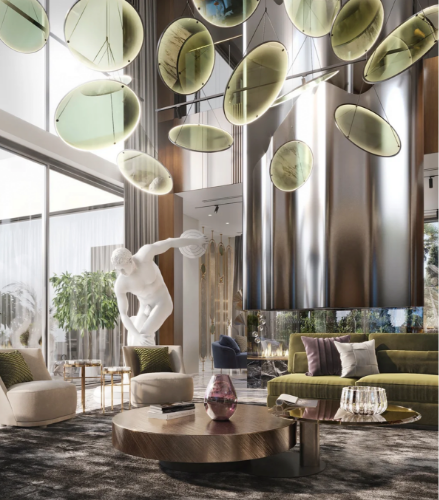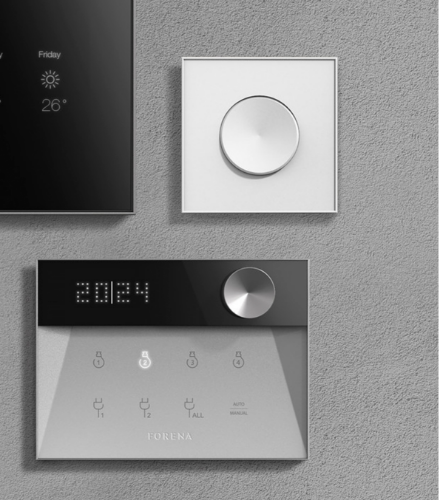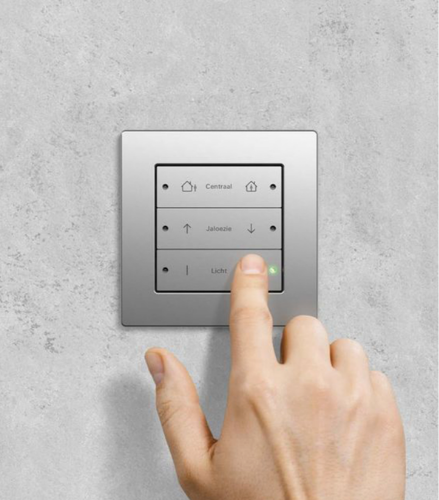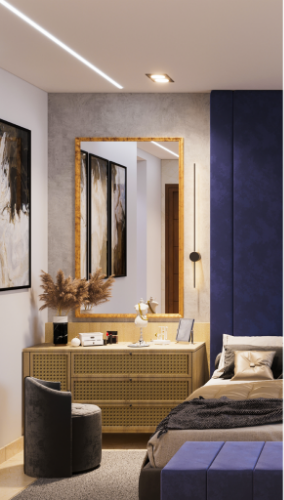Impact of a Home Interior Design on our attitude, energy levels, productivity, and mood. Your design decisions influence your subconscious, which can enhance your quality of life and stop your house from sending you into an emotional downward spiral.
It goes beyond impressing visitors and surrounding yourself with nice things to create a beautiful location to call home. It involves making a place where you feel calm, organized, and at ease with yourself.
A skilled interior designer can significantly enhance your quality of life. We have seen first-hand the advantages that design has given to our clients over the years.
We frequently hear from our clients that they feel calm, content, joyful, and harmonious in their new place. The other advantageous developments, including job prospects are the results of a good Interior design
The two most prevalent mental health issues are anxiety and depression. However, numerous approaches and methods used in interior design have been found to lessen anxiety and despair. Even while there has long been a link between aesthetics in the house and emotional stability, more recent research has strengthened this link. Creating areas for social interaction and solitude can improve mental wellness.
Corporate Sphere also considers the psychologiccal consequences of Interior design for the well being of people mental health. Corporate designers construct inspiring, encouraging settings that encourage productivity, creativity, happiness, trust, or even intimidation using color, lighting, layouts, textures, and artwork.
Business designers give attitude just as much thought as they do to looks.
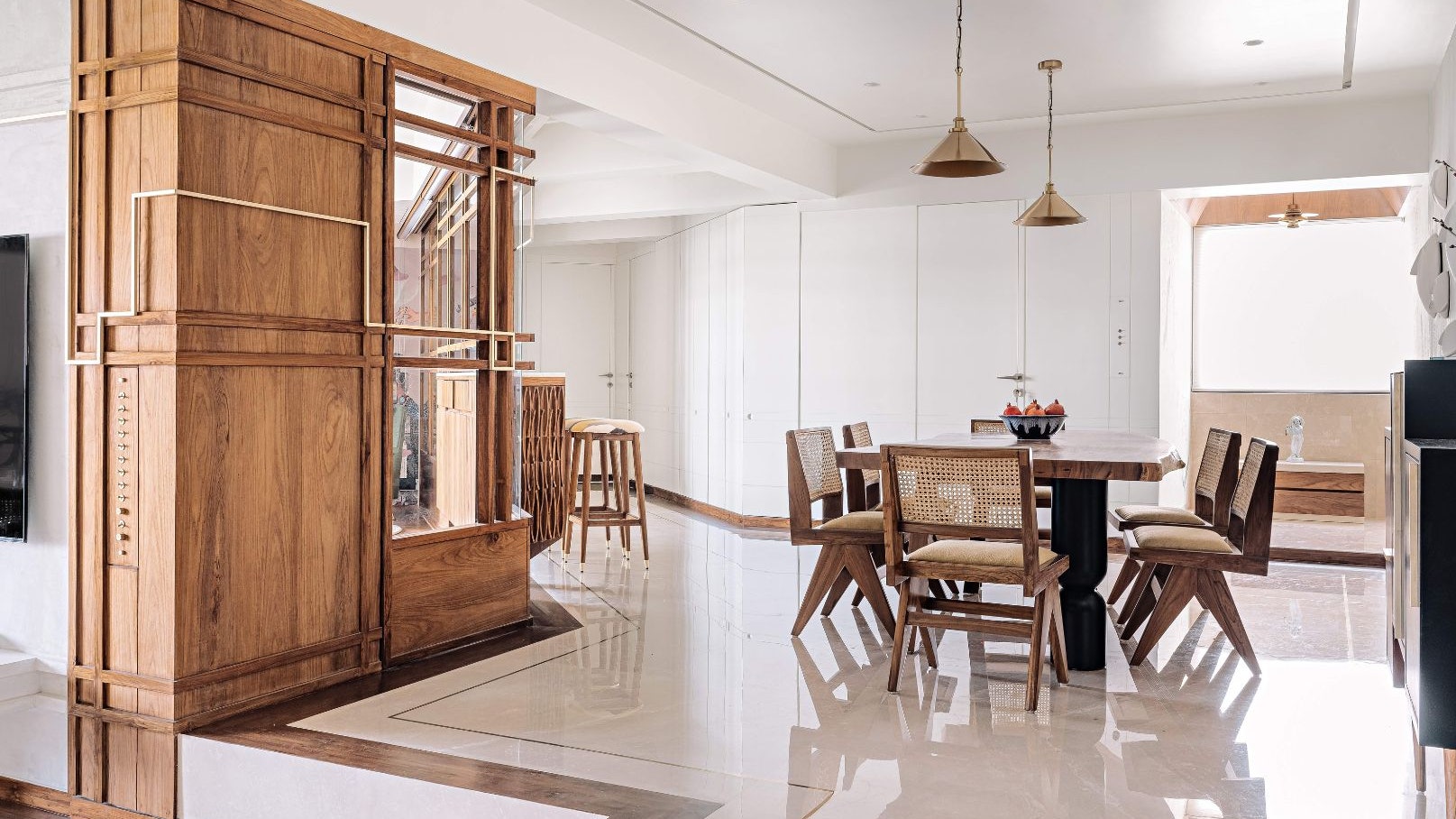
Sunlight Brightens the Mood
Although a room bathed in light is a sight to behold, did you know that sunlight also lessens depression? Sunlight is a mood enhancer whether it comes from a window or the outside. Adding additional light to a space can increase happiness.
A consistent absence of sunlight can cause depression or worsen anxiety. Humans appear to be energized and motivated by sunlight both at home and at work.
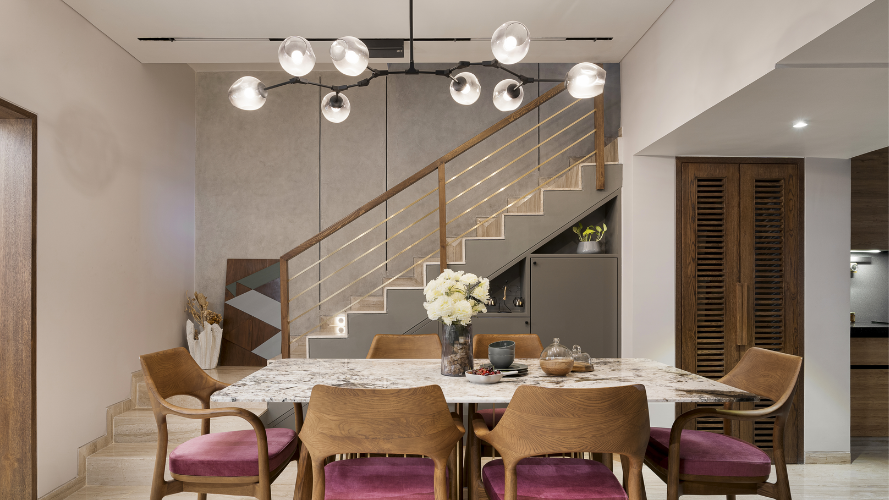
Spacious Open Spaces
Most people prefer a lot of room over a small space, but not everyone knows that a feeling of space can also improve your mood. Even in spaces with lower ceilings, spaciousness can have a good impact. It appears that one of the essential elements of happier environments is a feeling of openness.
Clutter-free, open homes facilitate better moods. An Interior designer can create airy feeling nearly any room with the appropriate design, furnishings, organization, and lighting
Overall Relaxing Environment
Interior designers are masters at picking furnishings that encourage comfort and relaxation, from paint colors to lighting. Families and overworked employees need a place to unwind, but many people are unsure how to design a peaceful and harmonious environment.
We consider everything, including how the colors and furniture placement affects your area. A well balanced, cozy and proportionate setting will a be greate Tranquil place.
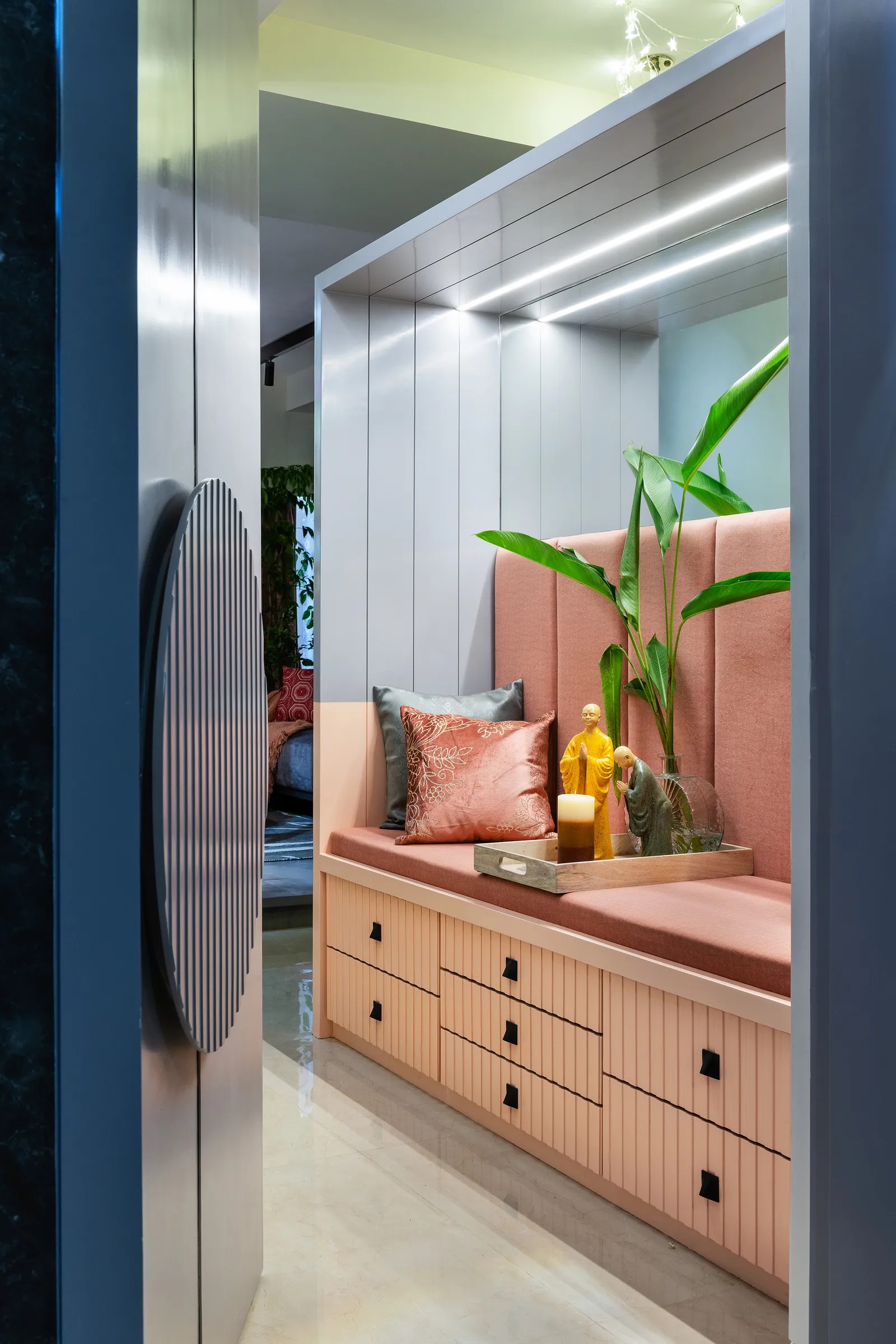
Flowers Elevates Mood
Bringing nature indoors improves moods, and one of the best ways to do this is by using indoor plants and flowers. Numerous houseplants serve as organic air filters, reducing allergens and enhancing air quality. They regulate humidity, increase the amount of oxygen in the air, and look great.
It makes it natural that they would encourage a calmer, more concentrated mental state. Flowers also offer mood-enhancing qualities. Flowers add beauty to any environment, but they also cheer people up.
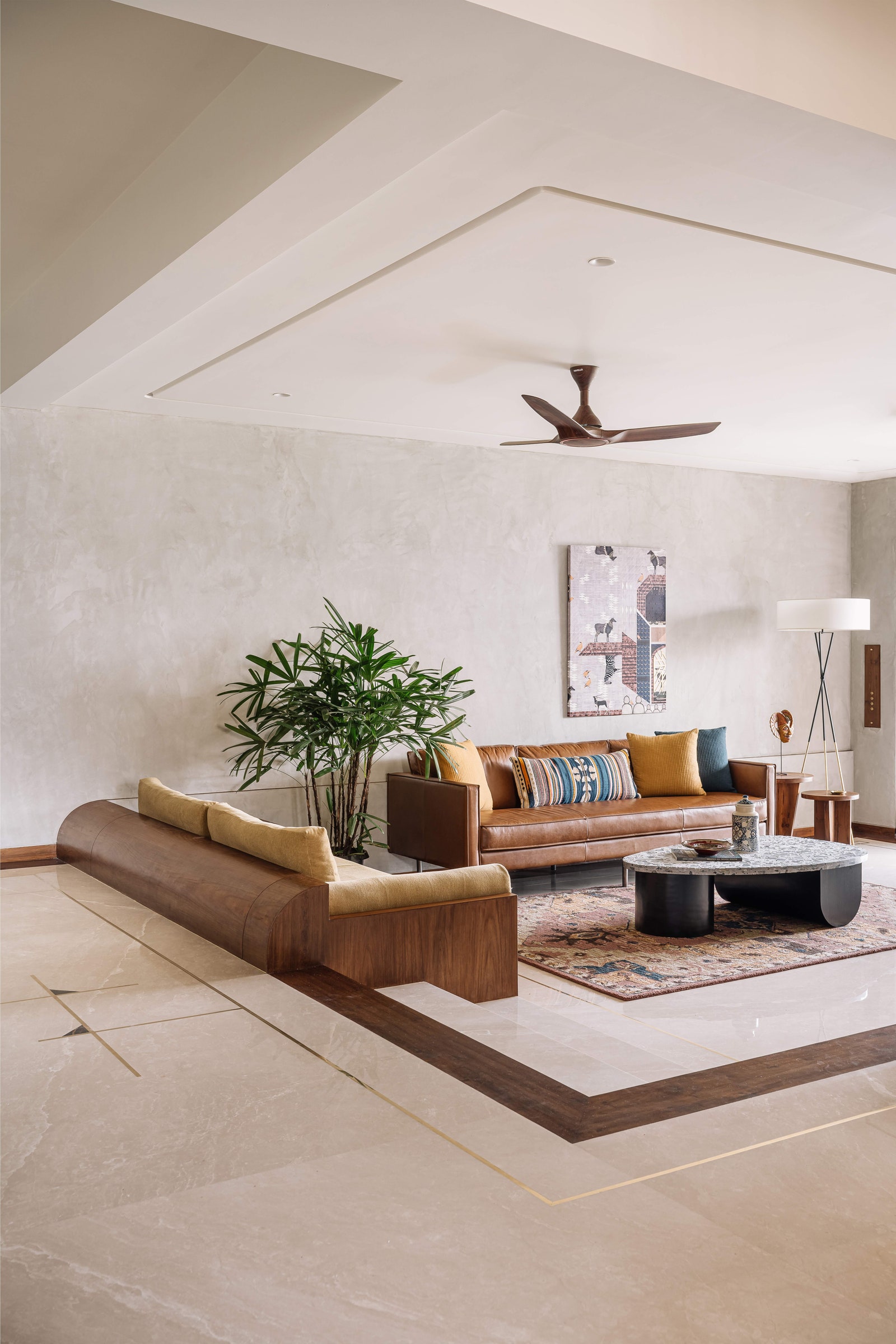
Colours & Mental Health
The opinions of researchers and interior designers on the impacts of color , have continued to be reviewed and updated. The saturation and brightness of each hue have a big role in the emotional capabilities they possess, in addition to the psychological characteristics and advantages associated with them.
The purity of the color is referred to as saturation. Saturation is know as the purity of the color Lessaturated hues, for instance, contain more black or grey. True blue has more saturation than steel blue. Deeply saturated and less vibrant hues, such as emerald green, can have a powerful or stimulating effect.
Now you aware of Impact of Interior Design, and factors to consider while designing. Therefore, a good and well-done interior of the house radiates positive vibes, augments mental health, and promotes creativity.

